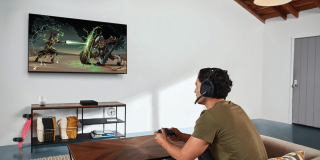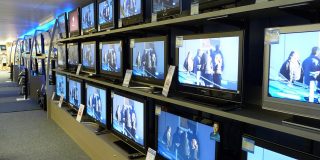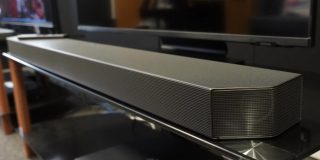The Most Common HDMI Locations on Sony Smart TVs
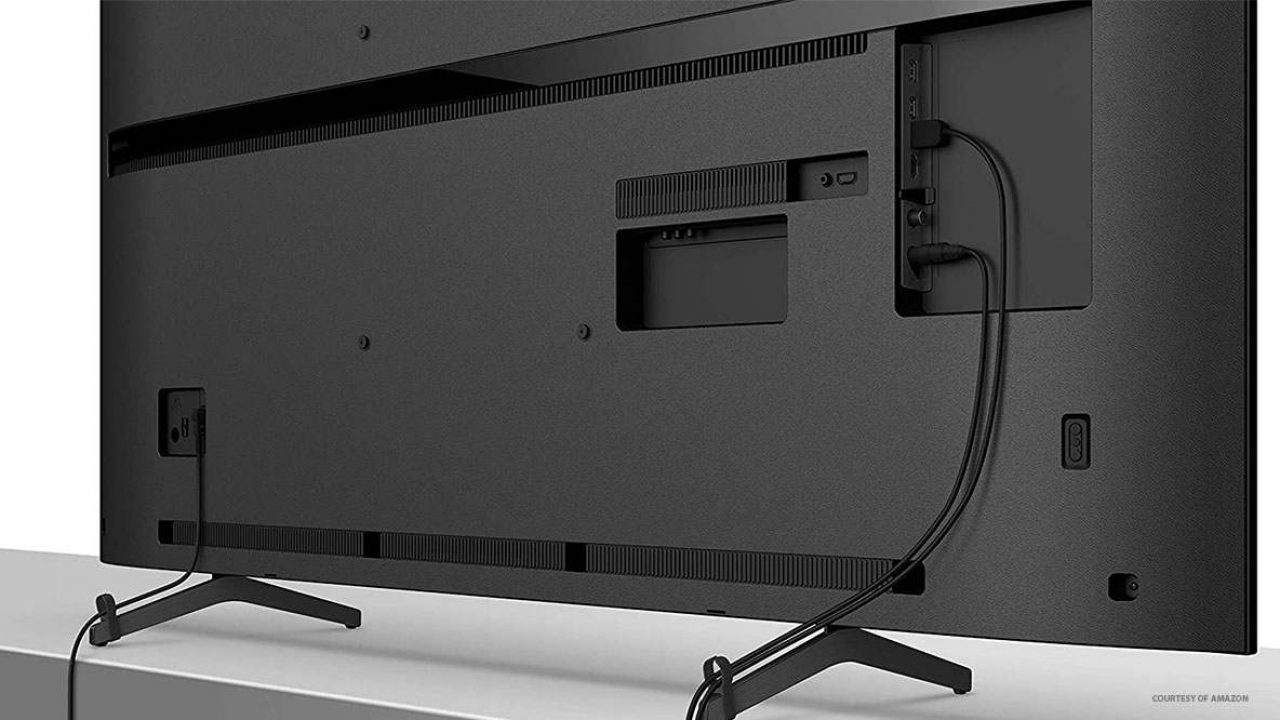
Why does it matter where the HDMI port is on your TV? It matters because there are many more cables and devices that you can attach next to the HDMI cable. This is especially if you have an entertainment center.
For the most part, Sony TVs seem to have similar panels and available ports and connectors. But they too may differ and not all configurations will match your needs and expectations. Here’s what you should keep in mind regarding HDMI ports and their locations.
Types of HDMI Ports Found on Sony Products
There are three types of HDMI ports that Sony uses on its compatible products. The main type is A Standard, which uses 19-pin HDMI ports and connectors (female and male). This is the most common port found on TVs and home entertainment products.
Smaller HDMI ports are also used, such as Type C and Type D. These mini and micro ports usually find their way on portable devices. You will find no such port on TVs, but you may find it on some smaller monitors. Yet, cables that go from Type C to Type A or Type D to Type A can be used to transfer audio and video onto a big screen.
Where Is the HDMI Port Located?
As is the case with most TVs that support HDMI connections, most of the ports are located at the back of the TV (most flat-screen TVs should also have a set on the edges that are easier to reach, usually used for connecting something on the fly). With Sony’s many TV series and models, the port location may not always be the same.
In some models, the HDMI ports may be aligned with the center of the back panel and slightly underneath it. This is similar to the configuration of some older gaming monitors and can be inconvenient at times since it may require tilting the TV forward to get at the ports.
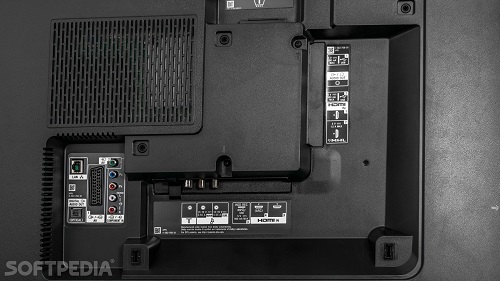
In the case of other Sony TVs, such as the Sony ZG9 with 8K streaming, the HDMI port is more accessible. It’s still on the back panel but at the side instead of the bottom of the panel. This means that you can slide the cable in horizontally.
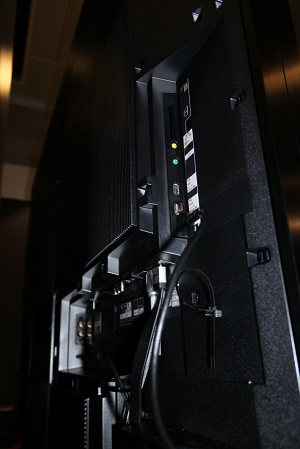
For this type of HDMI port, you don’t have to tilt the TV but rather just reach behind it or slightly rotate it for easier access. Note that some models may also have a small hatch that protects the HDMI ports during storage and transport. You can flip or unscrew the hatch to expose the HDMI ports and connect your TV to whatever devices you want.
Don’t forget that every TV is different and not all of them offer the same number or types of ports. The more HDMI ports there are on your TV, the more inputs you are going to have and the more location choices. Some may be positioned for horizontal cable insertion while the rest for vertical.
Does the Positioning Really Matter?
No. HDMI cables are very durable and you can twist them quite a bit without damaging them. So there’s no issue in cramming the cable into tight spaces.
What is more important is in terms of aesthetics and convenience. Horizontal ports offer easier access but they’re much harder to conceal, which you may not appreciate with a wall-mounted TV.
Bottom-panel HDMI ports are harder to work with at first but offer more options to conceal the cable after you mount the TV. Each position has its own pros and cons.
Of course, what’s next to the ports and how well their placements may matter too. If you want to connect multiple input devices to the TV (complete with video and multichannel audio connectors), you may want more separation between ports.
What’s Your Opinion on the Designs of Sony TVs?
Every TV owner may have his or her preferences in TV input and output ports and their layout. As far as Sony is concerned, what do you think of the manufacturer’s approach to this concern?
Do you think that they’ve given it a lot of thought or is it just a numbers game? Let us know in the comments section below and share with the community your favorite configuration in terms of superior quality or another aspect.










